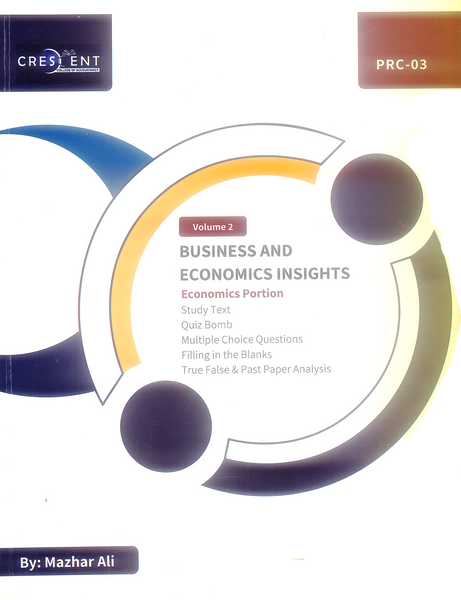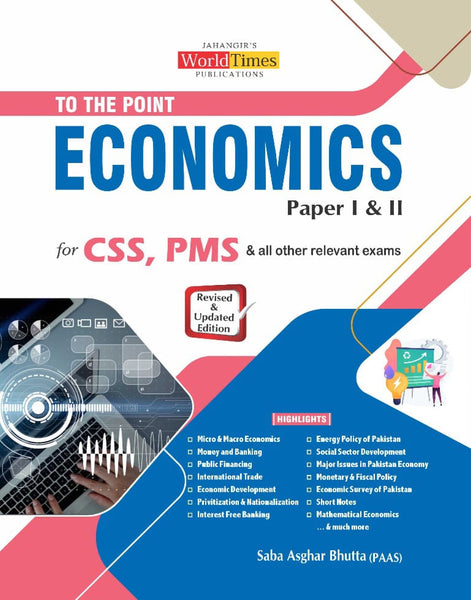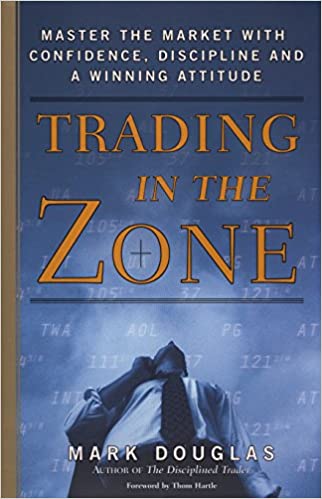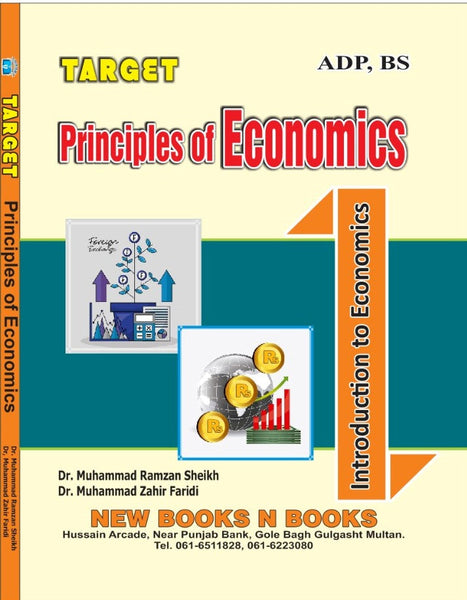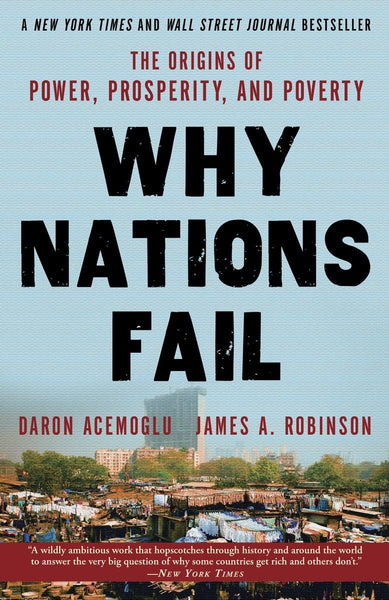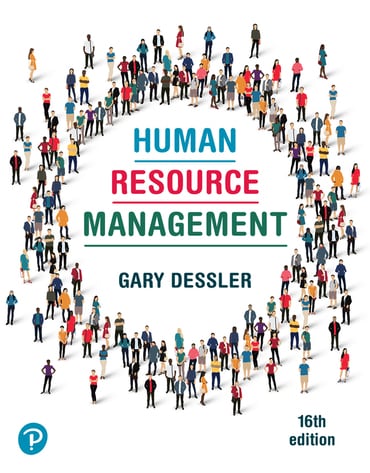Models in Microeconomic Theory By Martin J. Osborne, Ariel Rubinstein
- Publisher: ECONOMICS
- Availability: In Stock
- SKU: 56071
- Number of Pages: 382
Rs.825.00
Rs.1,095.00
Tags: Advanced Microeconomics. , Asymmetric Information , Axiomatic Analysis , Choice Theory , Consumer Theory , Customer Service. , Decision Making , Discount Deals , E-commerce , Economic Agents , Economic Models , Electronics , Elementary Mathematics , Equilibrium , Equilibrium Concepts , Exchange Economy , Extensive Games , Fashion , Free Shipping , Game Theory , Home Appliances , Indivisible Goods , Jungle Model , Logical Proofs , Matching , Mechanism Design , Microeconomics , Mobile Phones , Monopoly , Monopoly Theory , Nash Equilibrium , Online Sale , Pakistan , Payment Options , Preferences , Producer Theory , Rational Expectations , Social Choice , Strategic Games , Subgame Perfect Equilibrium , Uncertainty
"Models in Microeconomic Theory" by Martin J. Osborne and Ariel Rubinstein is a textbook that covers fundamental concepts in microeconomic theory, emphasizing the role of models and equilibrium. Here's a summary of the book with key points:
**Part I: Models of Economic Agents**
- **Chapters 1-7**: This section explores the building blocks of microeconomic theory, focusing on the behavior of individual economic agents. It starts with abstract models of preferences and choice, then examines decision-making under uncertainty. Following this, it discusses models of the consumer, the producer, and monopoly. These foundational topics are crucial for understanding more complex economic systems.
**Part II: Equilibrium Concepts**
- **Chapters 8-14**: This part introduces the concept of equilibrium, starting with unconventional models like the jungle and an economy with indivisible goods. It then moves on to more traditional topics, including exchange economy, equilibrium with rational expectations, and models involving asymmetric information. This section is essential for understanding how economic systems reach a state of balance or equilibrium.
**Part III: Introduction to Game Theory**
- **Chapters 15-16**: Here, the book introduces game theory, a significant branch of microeconomics. It covers strategic and extensive games, along with key concepts like Nash equilibrium and subgame perfect equilibrium. Game theory is a powerful tool for analyzing strategic interactions among economic agents.
**Part IV: Advanced Topics**
- **Chapters 17-20**: This section explores more advanced topics in microeconomic theory. It includes discussions on mechanism design, matching, the axiomatic analysis of economic systems, and social choice. These topics provide a broader perspective on the application of microeconomic theory in various contexts.
The book's approach is formal but accessible, with a strong focus on providing clear definitions, precise models, and rigorous proofs for all results. It uses only elementary mathematics, with minimal calculus, making it suitable for undergraduate students at intermediate and advanced levels. The text includes approximately 150 exercises, providing ample opportunities for practice and deeper understanding.
Overall, "Models in Microeconomic Theory" serves as a comprehensive resource for students seeking to deepen their understanding of microeconomic concepts and theories.
════ ⋆★⋆ ═══
Writer ✤ Martin J. Osborne , Ariel Rubinstein




